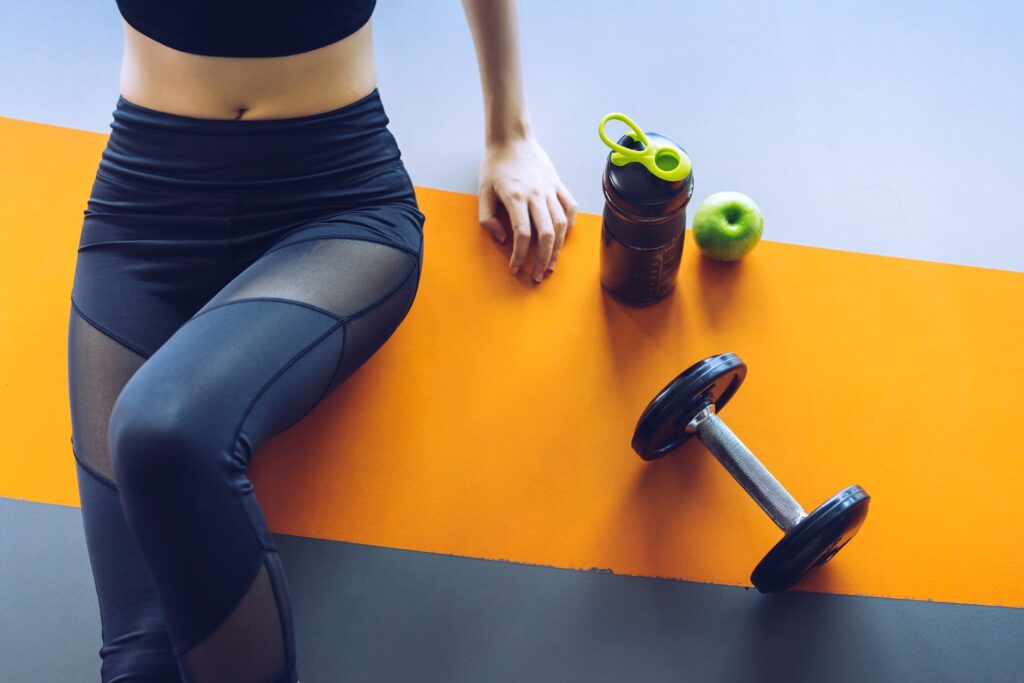Are rest days really necessary? How long do my muscles take to heal after an intense workout? How should I space out workouts throughout the week?
These are just some of the many questions that swirl through the minds of active folks who are confused on how and why to choose rest days. Here we’ve tackled those common questions to share the general rest days rules that are scientifically backed and work for our bodies.
How do I know if I need a rest day?
Reflect on type of movement you’ve been doing. You need to give yourself rest days following intense physical activity that has broken down body tissue. Typically, this means days with a lot of resistance work, like TRX, HIIT bootcamp, pilates, and weightlifting, or extended strenuous workouts like competitions, distance running, etc. This does NOT mean a day of walking, gentle yoga, jogging or any form of low to moderate exercise that did not push you to your limit. The torn tissue that results from intense workouts sounds scary but it is a normal — in fact good — part of developing strength and stamina. With rest, your body can rebuild the connective tissues, muscles and nerves to make your muscles and you stronger. And keep in mind that “rest day” doesn’t mean you don’t do anything, it can apply to particular areas of the body – which we discuss below…

What happens if I don’t rest?
Basically, you’ll become a low-energy jerk and get very little out of pushing through workouts. Overextended bodies result in poor performance, fatigue, dehydration, poor sleep and mood swings. We’re firm believers that the quality of your exercise is more important than quantity. If you drag yourself to a workout with aching legs and low energy, you’re a lot more likely to have an accident (trip, drop weights, etc) and feel negatively about the experience. Those things are not a part of a healthy, FIT life.
How long does my body need to recover in between workouts?
The most common guidance cited in studies and trainers of professional athletes says 48 hours of rest is needed. That doesn’t mean that you can’t do anything for 2 days following intense action, it just requires some thought. We apply about this guidance with respect to the part(s) of the body that were really pushed to their limits in the past workout – e.g. what feels the most sore and what muscle groups were most engaged to get us through that class/game/adventure. Once you’ve pinpointed that, find ways to be active that are low impact for those areas. For example, if I spend 90 minutes running around playing soccer my legs will be tired and in need of rest. Accordingly, the next day I’d select a form of exercise that is upper-body focused (‘arm day’ at the gym) or full body but low impact on my legs (swimming).

Do all forms of exercise require rest days?
It’s not good for anyone to work out intensely every day of the week. When at home and on my regular schedule, I workout probably 4-5x per week and try to plan my intense resistance workouts for the day prior to convenient rest days. This means that at the beginning of each week, I invest some time into planning my exercise and thinking through what activities will serve my body best each day. If I am not sticking by a weekly workout plan, I generally try to alternate between cardio, intense strength training workouts and low impact exercise like pilates and yoga. Back to my first point, if you are actually intensely working out 7 days a week, I think you need a hobby. Maybe start a DIY project or plan a gathering with friends?! Being fit is a lifestyle, meaning you have to create room for balance and community.
What if a rest day isn’t an option?
You’ll be fine, just don’t make a habit of it. There are many occasions where it’s not practical to take a rest day, such as multi-day backpacking trips, ski vacations or active retreats.

Besides rest, what can I do to speed up recovery?
There are a lot of options for different times of your recovery: ice baths (immediately after); foam rolling (throughout); static stretching (throughout); heating pads or baths (next day); hydration & good nutrition (throughout); and sleep. I should note that all of these things are much more enjoyable when done with a friend, so recruit your workout buddy or significant other to join you for active rest days! Happy (muscle) healing!

